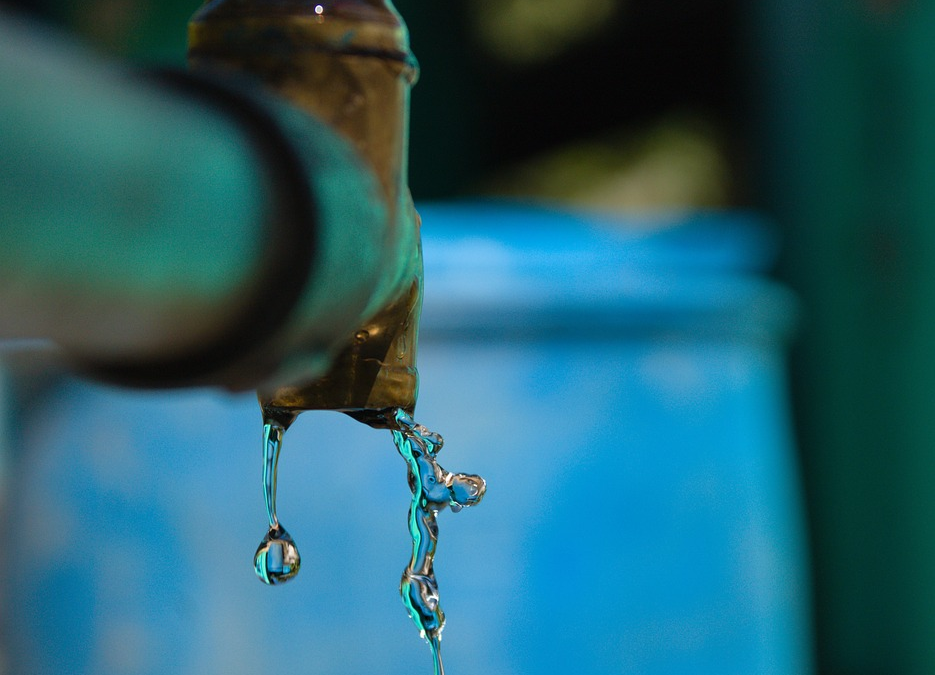Owning a home comes with certain costs for its upkeep and maintenance. However, it’s the hidden costs that take homeowners by surprise.
Fortunately, a few smart upgrades are all it takes to put a stop to these unnecessary expenses draining your wallet daily. These small changes will bring you big savings over time. Here are the five home features that are costing you money every day, and our tips for how you can fix them.
1. Inefficient Insulation
Your home’s exterior is designed to give your home structure and repel the elements. It relies on insulation materials to keep your home warm in the cold, cool in the heat, and free from drafts in the wind. When those insulation measures fail, you’ll quickly feel it. And so will your wallet!
Inefficient insulation causes your heating and cooling systems to work overtime. This makes your energy bills skyrocket and puts strain on your home budget.
How to fix it: Assess your home’s insulation materials, focusing on the roof, walls, and floors. Make the necessary improvements to become more energy efficient and save money.
An understanding of energy efficiency standards is key, so have a professional energy assessment done. You can get the NatHERS star rating explained to you and they will also pinpoint areas where improvements are needed
2. Outdated Windows
The windows in our homes offer more than just a view of our outdoor spaces. They provide ventilation and insulation. And they let the sunshine in on those dreary, gray days. But are your windows still serving you well?
Old or ill-fitting windows often have gaps that encourage drafts and are a major source of energy loss. They allow the heat to escape in the winter, and let the cool air escape in the summer. This not only impacts your energy bills but also robs you of the comfort you should feel in your home.
How to fix it: Seal any gaps around window frames. Better yet, invest in new, energy-efficient windows or double-glazing. This will drastically reduce your heating and cooling expenditure. If you’ve had the NatHERS star rating explained, you’ll know this improves your home’s overall efficiency score.
3. Leaky Plumbing
There’s nothing more irritating than the sound of a dripping faucet. But there’s a much bigger problem than the constant annoyance. The water lost through leaky faucets and pipes adds up to significant water wastage daily. This drives up your water bills, costing you more money.
But there’s yet another problem. Ignoring plumbing issues can lead to even bigger problems, like pest infestations and water damage to surrounding areas. Water damage to walls and floors is a particularly difficult and expensive problem to solve.
How to fix it: Regularly inspect your plumbing for any leaks. Repair or replace faulty fixtures. If you are uncertain about how to fix a plumbing issue, call in the plumbing experts. Consider installing water-efficient plumbing fixtures such as low-flow faucets and showerheads.
4. Old HVAC Systems
Heating, ventilation, and air conditioning (HVAC) systems are a necessity in many homes. They improve ambient temperature and air quality for more comfortable surroundings. Indeed, what would we do without them in the icy grip of winter or the sweltering heat of summer?
But as that system ages, it can become an energy hog, driving up your utility bills while it struggles to maintain your home’s temperature. And unfortunately, the longer you ignore the problem, the worse it will get.
How to fix it: Regular maintenance is the solution. Keep the filters and ducts clean, and free from debris that clogs the system. This will help your HVAC run more efficiently and extend its life.
Get your AC units serviced regularly to prevent system failure. If your HVAC system is constantly failing you, it’s better to upgrade to a newer, more energy-efficient one.
5. Inefficient Lighting
Those vintage lights in your living room, dining room, or bedroom may be what appealed to you the most when you first moved into your home. They add a wonderful, warm glow to your living spaces that welcome you home at night.
But they may also be behind your high electricity bills! Traditional incandescent bulbs consume more electricity than contemporary LED lights do. If your home is still using these old lighting systems, you’re likely paying more than you should for electricity.
How to fix it: Switch to more energy-efficient modern LED bulbs. And don’t fret about ruining the look of your retro light fixtures. You can get LED bulbs that fit the aesthetic of vintage lighting, too.
LED lights last longer and use significantly less energy, making them a worthwhile investment. More and more people worldwide have come to realize the benefits of LED lighting.
Image sourced from Pixabay

Recent Comments